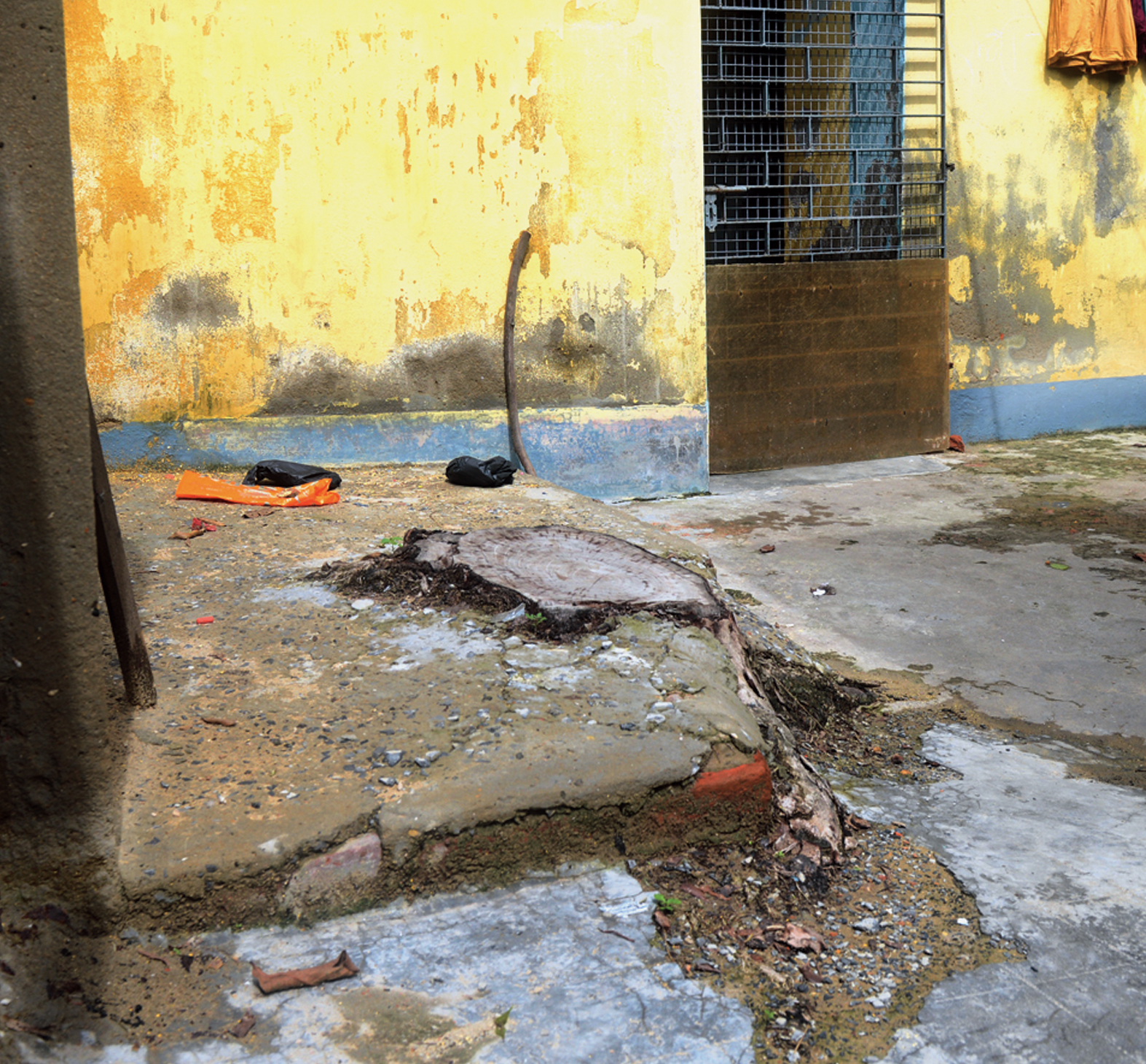Two mahogany trees, which were more than 30 years old, were allegedly stolen from the Jadavpur University campus last month.
The theft, however, came to light several days after the trees disappeared. The theft has prompted the university to start a process to keep record of the trees on its campus.
One of the trees stood on a garden that is within the compound of the department of metallurgy, while the other was on the premises of the university’s staff quarters.
According to experts associated with the state forest department, a mahogany tree takes 80 years to be fully grown.
“But a 30-year-old mahogany tree is still expected to fetch a timber value of close to Rs 2 lakh,” said an expert who did not want to be named.
“The logs were sold off. It was the latest in a series of theft of trees that have decent timber value. We were forced to draw the attention of the authorities,” said Partha Ray, an associate professor of JU.
The university authorities had lodged a case against the theft at Jadavpur police station, but police are yet to say whether they have made any headway in their probe, said a varsity official.
The university’s internal inquiry is yet to take off, an official said.
The fact that the university does not have any count of the trees makes it easier for people to fell full-grown trees and then sell it to timber merchants, said some varsity teachers.
“As we knew that the trees stood there, we could force the authorities into admitting that these were stolen,” said Ray, who teaches physics.
The university last week started begun creating a data base of the variety of flora across the 58-acre campus and has constituted a committee, engaging experts of National Medicinal Plant Board, to execute the work for the census.
The forest official said that a census of the trees, popularly known as tree auditing, would help in tracking down what tree has been lost if there is an incident of felling.
Arjan Basu Ray, a naturalist and founder of NGO Nature Mates, said that the auditing should not be undertaken just to douse the controversy over the theft of mahogany trees.
“Tree census is not about developing an inventory of trees only. While preparing the records, it has to be assessed whether the tree is standing in a conflict zone. By conflict zone we mean whether a building will come up five years later at the place where the tree stands. In that case, a plan can be drawn up to trim the tree so that it can be preserved even when the building is raised,” said Basu Ray.

According to him, if a proper tree auditing is to be done, the exercise should account for aspects such as how the tree is holding biodiversity like having nests-burrows, what type of canopy it is having, when it is fruiting and whether the trees are covering all the fruiting seasons.
“The tree audit must have this data whether the campus contains plants that have an even proportion of trees growing fruits in all the seasons. If the data reveals there is lack of trees growing fruit in winter, then we should plant such trees to fill the gap. This helps in maintaining biodiversity,” said Basu Ray.
Taking stock of the medicinal value of the plant is also an important aspect, he added.
Soumyajit Biswas, the deputy director (eastern region) of National Medicinal Plant Board, said they were in the process of preparing a list, naming the various species and demarcating the place on the map with exact locations of the trees. “We will put up a display board along with the scientific name and medicinal value,” said Biswas.
A scientific mapping of the trees is being carried out under the exercise, said Snehamanju Basu, registrar of JU.
“GPS technology is being adopted for the exercise. We have plans to put up the list of trees and other details on the university’s website,” said Basu.
JU professor Ashis Majumdar, who is also the coordinator of Regional Centre for National Afforestation funded by the ministry of environment, said while carrying out the audit, they were working on the trees that had minimum girth level — the diameter along the stem (30cm).

